Search
Search Results

Collection
Ancient Persian Religion & Mythology
Ancient Persian religion developed in the region of Greater Iran by the 3rd millennium BCE and corresponds to what is known today as ancient Persian mythology. This belief system informed the Persian Achaemenid Empire, even after the acceptance...
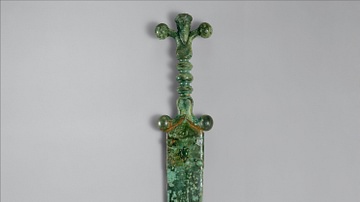
Image
Anthropomorphic Celtic Sword
A Celtic sword and its scabbard (now amalgamated) from c. 60 BCE, associated with the La Tene culture. The sword's hilt is decorated with the head of a warrior, geometrically reduced like many other examples of Celtic art. The sword and its...
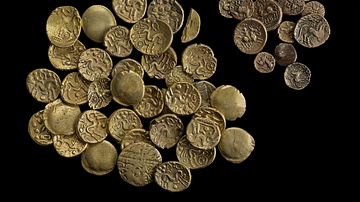
Image
Essendon Celtic Coin Hoard
A number of the gold coins found in the Celtic Essendon hoard from Hertfordshire, England. The hoard dates to the period c. 60 BCE to 40 CE. It is likely the coins were buried as a votive offering as the hoard was added to over a period of...
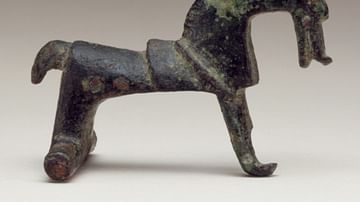
Image
Celtic Horse Brooch
This small bronze brooch was made in Central Europe sometime between 650 and 550 BCE. This horse-shaped pin is one of many examples of Celtic animal brooches from Central Europe. From the Metropolitan Museum of Art, New York.

Image
Celtic Coin Depicting Horse & Rider
The reverse of a 2nd Century - 1st Century BCE Celtic silver coin from Central Europe, specifically what is now the Czech Republic. The reverse of this coin depicts a horse and rider in stylized geometric forms. From the British Museum in...
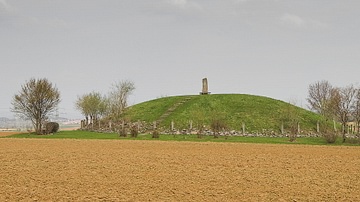
Image
Reconstruction of the Celtic Hochdorf Burial Mound
A reconstruction of the Celtic Hochdorf burial mound located near Baden-Württemberg in southwest Germany. The burial within a wooden chamber of a single male dates to the second half of the 6th century BCE.
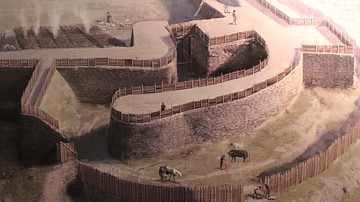
Image
Celtic Oppidum Reconstruction
A reconstruction illustration of the main gate of the Celtic oppidum (hilltop fort) of Arola in Spain. Oppida were built in the 3rd century BCE to 1st century CE in Celtic Europe. (Archaeological Museum, Bilbao)
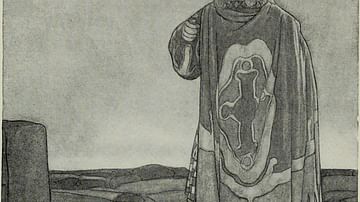
Image
Celtic Warrior with Spear
An illustration by Stephen Reid of a Celtic warrior with a spear. (Internet Book Archive image. From page 330 of "Myths and Legends; the Celtic Race", Rolleston, T.W., Boston-Nickerson, 1910)
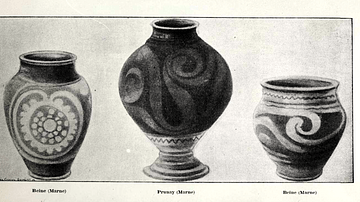
Image
Celtic Pottery Vessels, Marne, France
Three Celtic pottery vessels from La Marne, France. They shows typical Celtic design features with their curvilinear shapes and decoration. 4th century BCE. (British Museum, London)
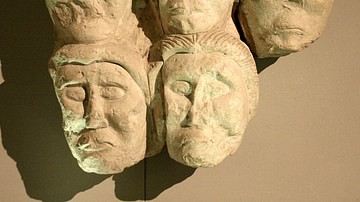
Image
Celtic Heads Sculpture, Entremont
A stone sculpture of human heads, the part of the body believed by the ancient Celts to hold the soul. From a sanctuary at the oppidum of Entremont, France. 2nd century BCE. (Musée Granet, Aix-en-Provence, France)